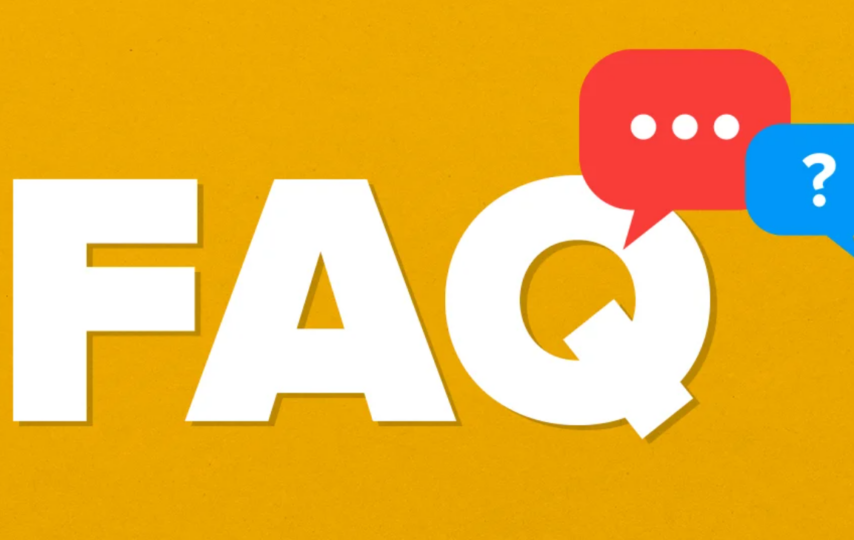Air duct cleaning is one of those tasks that homeowners often overlook. Yet, it plays a pivotal role in maintaining a healthy living environment. With the myriad of information available online, it’s easy to get overwhelmed. So, let’s dive into the most common air duct cleaning questions and provide some clear answers.
Introduction to Air Duct Cleaning
Why is air duct cleaning essential?
Imagine your air ducts as the respiratory system of your home. Just as our lungs can get clogged with pollutants, so can air ducts. Over time, dust, pollen, pet dander, and other contaminants accumulate in the ducts. Cleaning them ensures that the air circulating in your home is fresh and free from harmful particles. Think of it as giving your home a breath of fresh air!
The process of air duct cleaning
Air duct cleaning isn’t just about vacuuming out the dust. It’s a meticulous process that involves inspecting the ducts, using specialized equipment to dislodge debris, and then vacuuming it away. Some professionals also recommend sanitizing the ducts to kill any mold or bacteria.
Top Air Duct Cleaning Questions Answered
How often should air ducts be cleaned?
The general recommendation is every 3-5 years. However, if you have allergies, pets, or have recently renovated, you might want to consider more frequent cleanings. Remember, it’s not just about cleanliness; it’s about health!
What are the signs that my air ducts need cleaning?
If you notice a musty odor, increased dust around the house, or unexplained allergy symptoms, it might be time for a cleaning. Also, if your HVAC system seems to be working harder than usual, clogged ducts could be the culprit.
Musty or Unpleasant Odors
Stale Smells: If you start to notice a musty or stale smell every time your HVAC system kicks in, it’s a clear indication that mold or mildew might be growing inside the ducts. These fungi thrive in damp environments and can release spores into the air, leading to unpleasant odors.
Increased Dust Accumulation
Visible Dust: If you observe that surfaces in your home get dusty soon after cleaning or if you see puffs of dust coming out of the vents when the system operates, it’s a sign that there’s excessive dust in the air ducts.
Frequent Filter Changes: If you find yourself changing the HVAC filters more often than usual due to rapid dust accumulation, it’s a hint that the ducts might be contributing to the problem.
Unexplained Allergy Symptoms
Respiratory Issues: Pollen, pet dander, or mold spores that are flowing from dirty air ducts may be the source of sudden episodes of sneezing, coughing, or other allergy symptoms that you or members of your family suffer.
Worsening of Pre-existing Allergies: Individuals with pre-existing allergies might notice a flare-up or worsening of their symptoms, indicating that the air quality in the home has been compromised.
How long does the cleaning process take?
Typically, for an average-sized home, it takes 3-5 hours. However, larger homes or those with more complex duct systems might take longer.
Is air duct cleaning messy?
A professional service will ensure minimal mess. They’ll use protective coverings and ensure all debris is contained.
Will cleaning improve indoor air quality?
Absolutely! Cleaning removes contaminants that can aggravate allergies and respiratory conditions. It’s like hitting the refresh button on your home’s air!
Questions to Ask Before Hiring a Service
- What equipment do you use?
When it comes to air duct cleaning, the tools and equipment used play a significant role in the effectiveness of the cleaning. It’s vital to ensure that the service provider uses high-powered vacuums specifically designed for duct cleaning. These vacuums are powerful enough to remove all the accumulated debris and contaminants from the ducts. Additionally, specialized tools, such as brushes and agitators, are essential to dislodge stubborn dirt and ensure a thorough cleaning. A reputable company will invest in top-notch equipment to provide the best service.
- Are your technicians trained and certified?
As important as the tools utilized is the technicians’ skill. An expert specialist can safely and effectively clean the ducts without doing any harm. It’s crucial to find out about the technicians’ education and credentials. The National Air Duct Cleaners Association (NADCA) certification, for example, is a sign of a technician’s expertise and adherence to industry standards. Certification from respected industry organisations is also a sign of professionalism. You want to be sure that whoever is working on your HVAC system is not just competent but also familiar with the most recent safety guidelines and procedures.
- Do you offer a guarantee?
A company’s willingness to stand behind its work speaks volumes about its confidence in the service quality. A guarantee or warranty on the company’s work should be requested prior to employment. This could include warranties that cover any damages that might happen during the cleaning procedure or a satisfaction guarantee where they pledge to redo the work if you’re not satisfied. A business that makes such guarantees is probably confident in the caliber of its work and dedicated to ensuring client pleasure.
The Benefits of Air Duct Cleaning
Health benefits
Reduction in Allergy Symptoms: Allergens including pollen, dust mites, and pet dander can flourish in air ducts. These allergens can cause sneezing, itchy eyes, and other allergy symptoms when they circulate around the house. These allergens are eliminated by cleaning the air ducts, which brings comfort to allergy sufferers.
Mitigation of Respiratory Issues: Infected air ducts can support the growth of mold, bacteria, and fungi. In particular in people with asthma or weakened immune systems, breathing in air infected with these microbes might cause respiratory issues. These dangerous germs are removed through comprehensive cleaning, ensuring that the air you breathe is safe and clean.
Improved Sleep Quality: Believe it or not, clean air can significantly impact sleep quality. With fewer allergens and contaminants in the air, individuals can breathe easier and sleep more soundly, waking up feeling refreshed and rejuvenated.
Energy efficiency
Optimized HVAC Performance: The HVAC system has to operate more laboriously to circulate air when air ducts are clogged with trash. This not only makes the system less efficient but also uses more energy. Smooth airflow is ensured by clean air ducts, enabling the HVAC system to work to its full potential.
Savings on Energy Bills: An efficiently running HVAC system consumes less power, leading to noticeable savings on monthly energy bills. Over time, these savings can add up, making air duct cleaning a cost-effective measure.
Extended HVAC lifespan
Prevention of Wear and Tear: Dirty air ducts can strain the HVAC system, leading to premature wear and tear. Components like the blower motor can get overburdened, reducing their lifespan.
Cost Savings in the Long Run: Regular air duct cleaning can prevent potential breakdowns and costly repairs. By extending the life of the HVAC system, homeowners can defer the significant expense of replacing the entire system.
Conclusion
Air duct cleaning is more than just a chore; it’s an investment in your health and home. By addressing common questions and concerns, we hope to shed light on the importance of this often-overlooked task. Remember, a clean home is a happy home!
In summary, air duct cleaning is an investment in your home’s health, efficiency, and longevity. Regular maintenance ensures that you reap these benefits consistently, creating a comfortable and healthy living environment.








